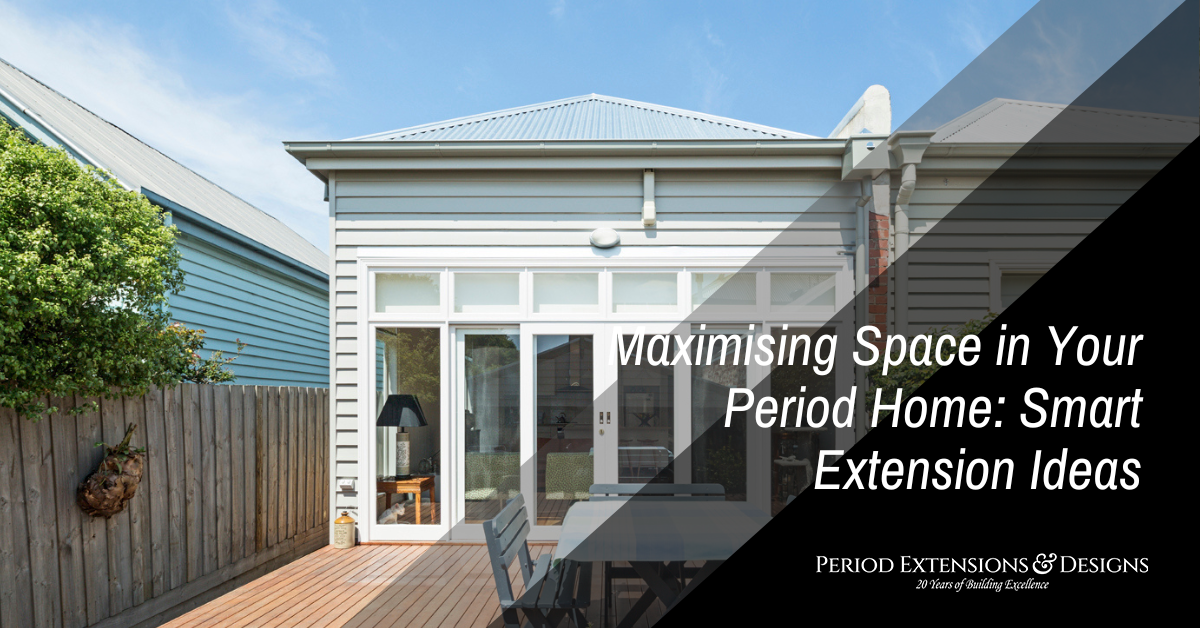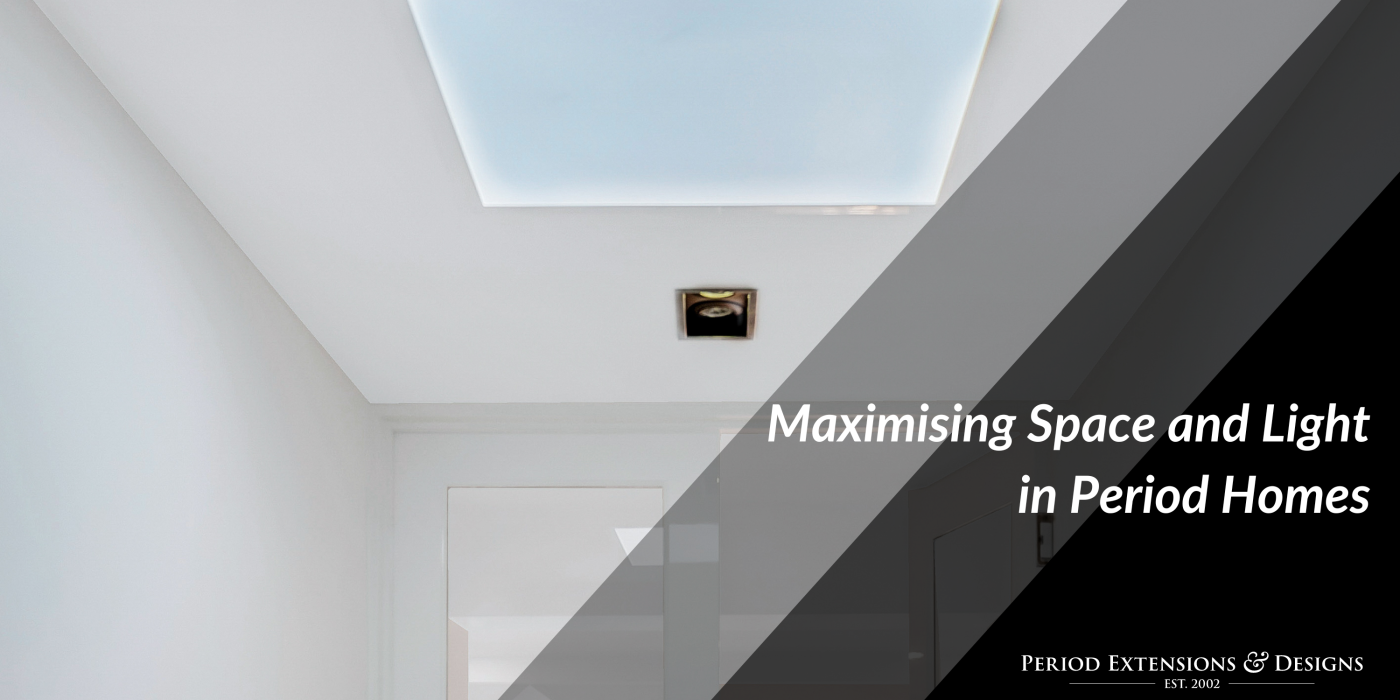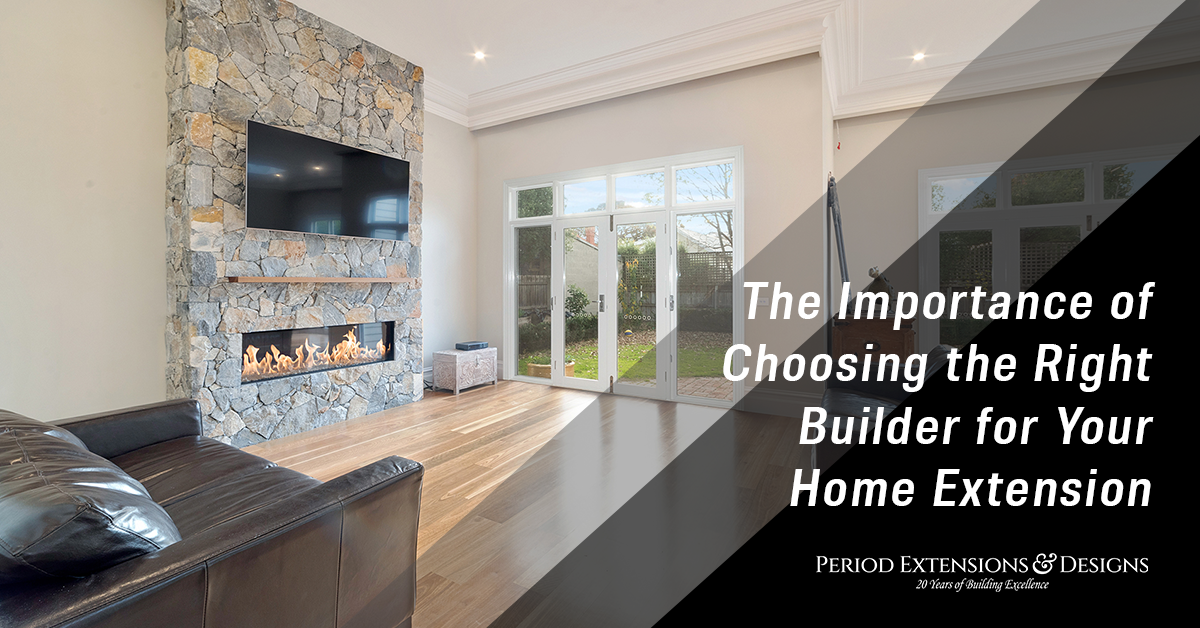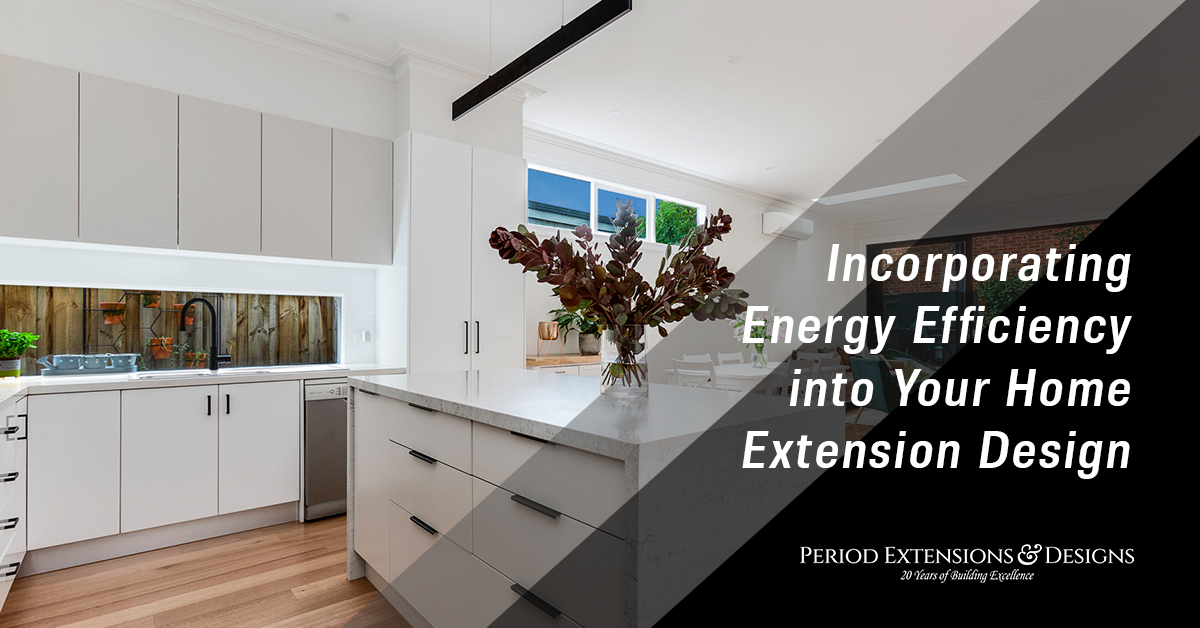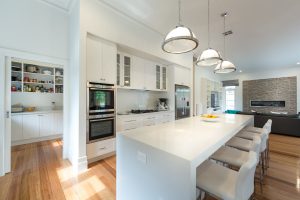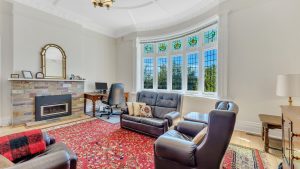Cozy Corners: Reading Nooks in Victorian Homes
Victorian homes have a charm that modern houses often lack. High ceilings, ornate mouldings, and grand fireplaces create a sense of history. But with all that grandeur, how do you carve out a quiet space? A cozy reading nook blends old-world elegance with modern comfort. It’s not just about style—it’s about making the most of your home.
If you’re thinking about home renovations in Melbourne, a reading nook can be the perfect addition. Whether you have a bay window, an unused alcove, or a spare corner, you can turn it into a space that invites relaxation. Let’s explore how to create a reading nook that fits seamlessly into a Victorian home.
1. Choosing the Perfect Spot
The right location makes all the difference. Victorian homes often have unique architectural details that lend themselves to cozy nooks. Look for these spaces:
- Bay Windows: These provide natural light and a built-in seat option.
- Under the Stairs: A tucked-away space can feel like a secret hideaway.
- Near a Fireplace: Stay warm and enjoy a timeless ambiance.
- Hallway Corners: A quiet corner with a small bench can work wonders.
Think about lighting and comfort. A nook by a window offers daylight, but if you prefer evening reading, consider adding a floor lamp or wall sconce.
Case Study: Bay Window Retreat
In a classic Victorian home in Melbourne, a family transformed their bay window into a reading nook. They added a built-in bench with plush cushions, installed shelving around the frame, and included warm lighting. The result? A cozy retreat that blends perfectly with the home’s historic charm.
2. Selecting the Right Seating
Comfort is key. Victorian homes often feature intricate woodwork, but that doesn’t mean your seating has to be stiff. Consider these options:
- Built-in Benches: Great for bay windows and alcoves, they provide both seating and storage.
- Wingback Chairs: These classic chairs match Victorian aesthetics and offer great back support.
- Chaise Lounges: Perfect for stretching out with a book.
- Floor Cushions: A more casual, flexible option, especially for smaller spaces.
If you’re working on designing a period bathroom, you might find inspiration in similar vintage touches. Think about upholstery choices—velvet, brocade, and floral fabrics work well with Victorian interiors.
3. Styling with Victorian Flair
A reading nook should feel like an extension of your home’s design. Victorian style is rich in detail, so consider these elements:
- Wallpaper: Patterns like damask or floral prints add depth.
- Ornate Frames & Mirrors: These enhance the sense of space.
- Heavy Drapes or Sheers: Control light while adding texture.
- Vintage Rugs: Bring warmth and tie the space together.
Mix antique and modern elements for a timeless look. A vintage lamp on a sleek side table blends old and new effortlessly. For inspiration, explore period bedroom design tips to see how classic features can enhance a cozy space.
4. Maximising Storage in Small Nooks
Victorian homes are beautiful, but storage can be limited. A reading nook shouldn’t add clutter—it should offer smart storage solutions:
- Built-in Bookshelves: Frame your nook with shelves for easy access to books.
- Storage Benches: A great way to hide blankets and pillows.
- Floating Shelves: Keep surfaces clear while displaying books and decor.
- Baskets & Trunks: Maintain a vintage aesthetic while storing essentials.
A well-organised nook keeps your home feeling spacious and elegant. Storage should be functional yet stylish, blending seamlessly with the home’s original character.
5. Enhancing Comfort with Textiles & Lighting
Texture transforms a nook from a simple seat into a true escape. Think layers of softness:
- Cushions & Throws: Mix textures like velvet, wool, and linen for depth.
- Thick Carpets or Rugs: Keep the space warm, especially on timber floors.
- Lamps & Wall Sconces: Opt for warm-toned lighting for a cozy atmosphere.
- Candles or Oil Lamps: Enhance the Victorian charm.
Comfort isn’t just about physical warmth—it’s about creating an environment that feels inviting. The right lighting can make a big difference, especially in homes with high ceilings and large rooms.
6. Preserving the Home’s Character
Modern updates should respect a home’s original charm. Victorian homes have detailed woodwork, plaster mouldings, and stained glass that deserve to shine. When adding a reading nook, think about:
- Matching Materials: Use timber, brass, or cast iron for consistency.
- Restoring Original Features: Avoid covering up cornices, fireplaces, or skirting boards.
- Choosing Period-Appropriate Colours: Deep greens, burgundy, and warm neutrals work well.
When updating a space, maintaining authenticity matters. If you’re interested in preserving original features in Victorian homes in Melbourne, look for ways to enhance what’s already there rather than replace it.
FAQs
1) How can I add a reading nook without major renovations?
You don’t need a full remodel to create a cozy reading nook. Start with a comfortable chair, a small side table, and a floor lamp. If space allows, add a bookshelf or a decorative screen to define the area. Use layered textiles like cushions, throws, and rugs to make it feel inviting without any construction work.
If you have a bay window or an unused alcove, consider a simple bench with plush cushions. Floating shelves above or beside the nook can add storage without taking up floor space. To enhance the Victorian charm, use vintage-inspired wallpaper or decorative mouldings that complement your home’s existing features.
Even in a rental, you can create a cozy nook by using removable wallpaper, freestanding furniture, and soft lighting. The key is to make the space feel separate yet cohesive with the rest of the home. A thoughtfully styled reading nook can transform even the smallest space into a quiet retreat.
2) What colours work best for a Victorian-style reading nook?
Victorian interiors are known for their rich, dramatic colour palettes. Deep greens, navy blues, burgundy, and warm golds work well for a traditional, moody feel. These colours pair beautifully with dark timber furniture and antique brass accents, enhancing the historical charm of the space.
If you prefer a softer, airier look, consider muted pastels like dusty rose, sage green, or soft cream. Pairing these with dark wood elements or ornate detailing can maintain a Victorian aesthetic without making the space feel heavy.
Patterned wallpaper is another great way to bring in colour. Florals, damask, or even subtle stripes add depth and character to a small reading nook. If your nook is in a darker part of the house, use warm lighting to keep it from feeling too enclosed. The right colours can turn any corner into a cozy, period-appropriate retreat.
3) How do I keep my reading nook from feeling cluttered?
A reading nook should feel relaxing, not overwhelming. Clutter can make even the coziest corner feel chaotic. Start with smart storage solutions—built-in benches with hidden compartments, floating shelves, or small bookcases can keep books and essentials neatly arranged.
Choose a colour scheme that blends with the rest of the home. Too many patterns or bold colours can make the space feel busy rather than inviting. Stick to a few statement pieces, such as a vintage lamp, framed artwork, or a decorative cushion, rather than overloading the space with knick-knacks.
If your nook is in a high-traffic area, consider using a decorative screen or a curtain to create separation. This helps define the space without adding bulk. Regularly declutter by rotating books or accessories to keep the nook feeling fresh. A well-organised space feels intentional, making it easier to relax and unwind.
4) What are some budget-friendly ways to create a Victorian-inspired nook?
Creating a Victorian-style reading nook doesn’t have to be expensive. Start by shopping second-hand. Vintage furniture, like an old armchair or side table, can be restored with a fresh coat of paint or new upholstery. Look for antique-inspired lamps, ornate picture frames, or decorative mirrors at thrift stores or estate sales.
Repurpose existing furniture by adding Victorian-style details. Use lace or floral-patterned fabrics for cushions, drape a velvet throw over a chair, or add decorative moulding to a basic bookshelf. Even small touches like brass handles on a side table or a vintage-style lamp can enhance the period look.
Wall decor also makes a difference. Removable wallpaper in damask or floral prints is an affordable way to add Victorian charm without a major commitment. Layering textures—such as a Persian-style rug, embroidered cushions, and heavy curtains—can make the space feel rich and inviting without breaking the budget.
5) Can a reading nook be multi-functional?
Absolutely! A reading nook doesn’t have to be just for books—it can double as a meditation space, a journaling corner, or a quiet spot for morning coffee. To make it versatile, choose furniture that serves multiple purposes. A small writing desk can function as both a reading table and a workspace. An ottoman with storage can hold blankets while serving as extra seating.
Lighting is key for a multi-purpose nook. A dimmable lamp allows you to switch between bright lighting for reading and softer lighting for relaxation. If the space allows, a small side table can hold candles, a teacup, or even a notebook for jotting down thoughts.
If your nook is in a shared space, use a decorative screen or curtain to create privacy when needed. A well-designed nook can be more than just a place to read—it can be your personal retreat for relaxation and creativity, adapting to your daily needs.
Create Your Own Timeless Retreat
A reading nook isn’t just a seat with a lamp—it’s a personal escape. Whether you’re drawn to a grand bay window or a quiet corner by the fireplace, the right design brings warmth and character to your home. Victorian houses already have the charm; all you need to do is enhance it.
Thinking about updating your space? Consider adding a reading nook as part of your home renovations in Melbourne. It’s a small change that makes a big impact, blending comfort and history into a space you’ll love for years.
To learn more, please call us today at Period Extensions & Designs on (03) 8658 1340 or make an inquiry.



